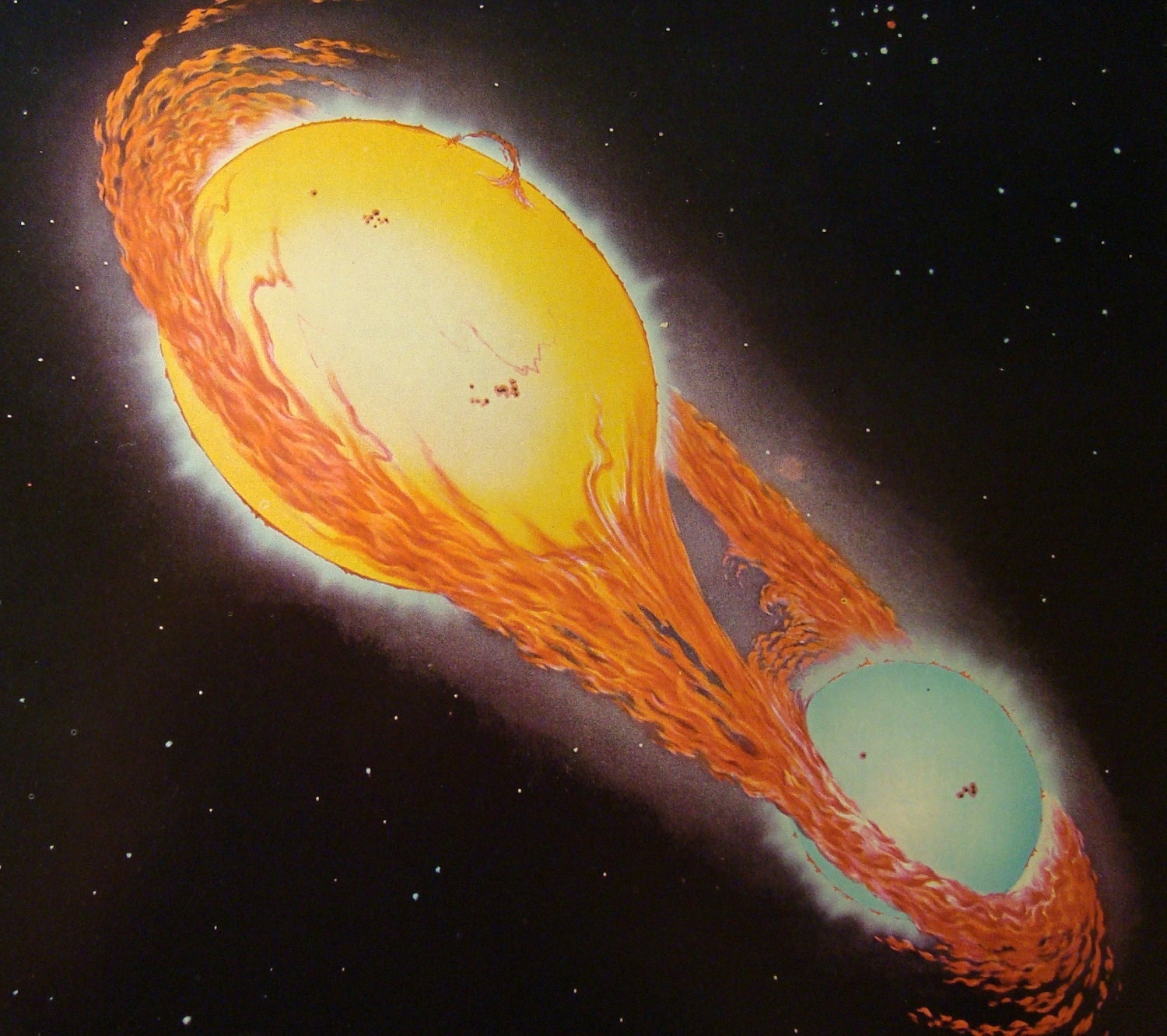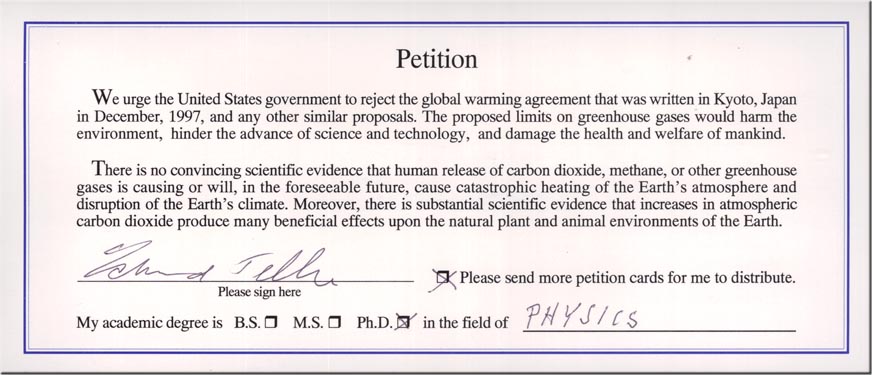The cartoons are aimed at kids, i would guess.
People 'complaining' about the cartoon bits just seem sad to me.
I was about to post that. The show is made to appeal to all ages.
The cartoons are aimed at kids, i would guess.
People 'complaining' about the cartoon bits just seem sad to me.
Hey Trichrider..........still trying I see.
Cosmos is one of the best things to hit TV since..............well fuk, since the last cosmos aired.
I think the dumbed down format is best, it will reach more people and get them thinking differently about things like climate change, astrology (don't even get me started on f'n chicks and astrology....first f'n question I ask a chick is if she believes in that crap.....if yes, I dip....that simple......Got some really stupid f'n stories of some epically stupid f'n chicks and astrology...maybe I'll start a thread lol).
But yeah, great show.
Danny

Astrology? Really? I find it hard to believe that any adult can subscribe to such nonsense. It reaffirms my faith in Carl that he pointed out the silliness of astrology. It's not up to him to prove that something absurd doesn't exist. It's up to you to prove that it does. It's like saying, "prove to me that aliens don't exist". The burden of proof is on the believers, who, of course, in this case, have none. Superstition is a powerful force. I try to keep it out of my life. People believe in astrology, people believe in witchcraft, people believe in all sorts of bizarre religions, all without a shred of evidence.
So my character traits are determined by the month that I was born? That's way beyond ridiculous. I give more credence to witch craft.
Carl was a scientist. As such, he shouldn't even address the fable of astrology. Science is fact based. Mathematics and skepticism are big parts of it. Astrology, on the other hand, is the "anti-science", based entirely on the superstitions of ancient peoples, who also thought the world was flat.
There isn't even the tiniest shred of any evidence supporting this superstitious belief system. I'm kind of shocked that you would even mention it.
I have read several of Sagan's books, and there is no doubt he is brilliant, and a great communicator.

So I guess WOMEN'S MENSTRUAL CYCLES have nothing to do with the moon? Hear that women? Retro says they are NONSENSE and not provable to be related to the moon! haha... good one... And those cycles DON'T affect your emotions do they? Cause that is what Astrology teaches. It's all nonsense. You women have been making this up all this time!!! Good to know!
I'm not even going to get into it. You probably deny global warming too.
BTW, most global warming deniers claim it's being caused by SUN CYCLES not human caused - so there again is the SUN affecting life on earth, but of course NOTHING IN SPACE CAN EVER AFFECT US cause Astrology is just a lie.
From what you stated already, you've shown yourself to be as ignorant as Carl Sagan about Astrology, so I suggest you abandon trying to defend your position until you've read a book or two on the subject and not just the daily horoscopes. If there was no Astrology there would be no Astronomy and no Space Race and no Carl Sagan or Cosmos.
OOOOH, here's something "scientific" two STARS apparently having NO INFLUENCE on each other cause Astrology is a lie, and nothing in space can influence anything else in it's proximity according to the Carl Sagan Groupies.
View Image

I don't think science is 'flawless'.
As in, not everything can be explained.
And i also don't think astrology is completely worthless.
Horoscopes, perhaps, but i think astrology is more than just giving horoscopes.
There is some Yin and some Yang in everything.
Let's see....hmmmmm....who should I have confidence in concerning the science of climate change? Dr Neil deGrasse Tyson (an astrophysicist), or trichrider (a conspiracy theorist)?
Give me a minute or two or three, this is going to take some consideration.


View Image
31,487 American scientists have signed this petition,
including 9,029 with PhDs
View Image
For information about this project, click on the appropriate box below.